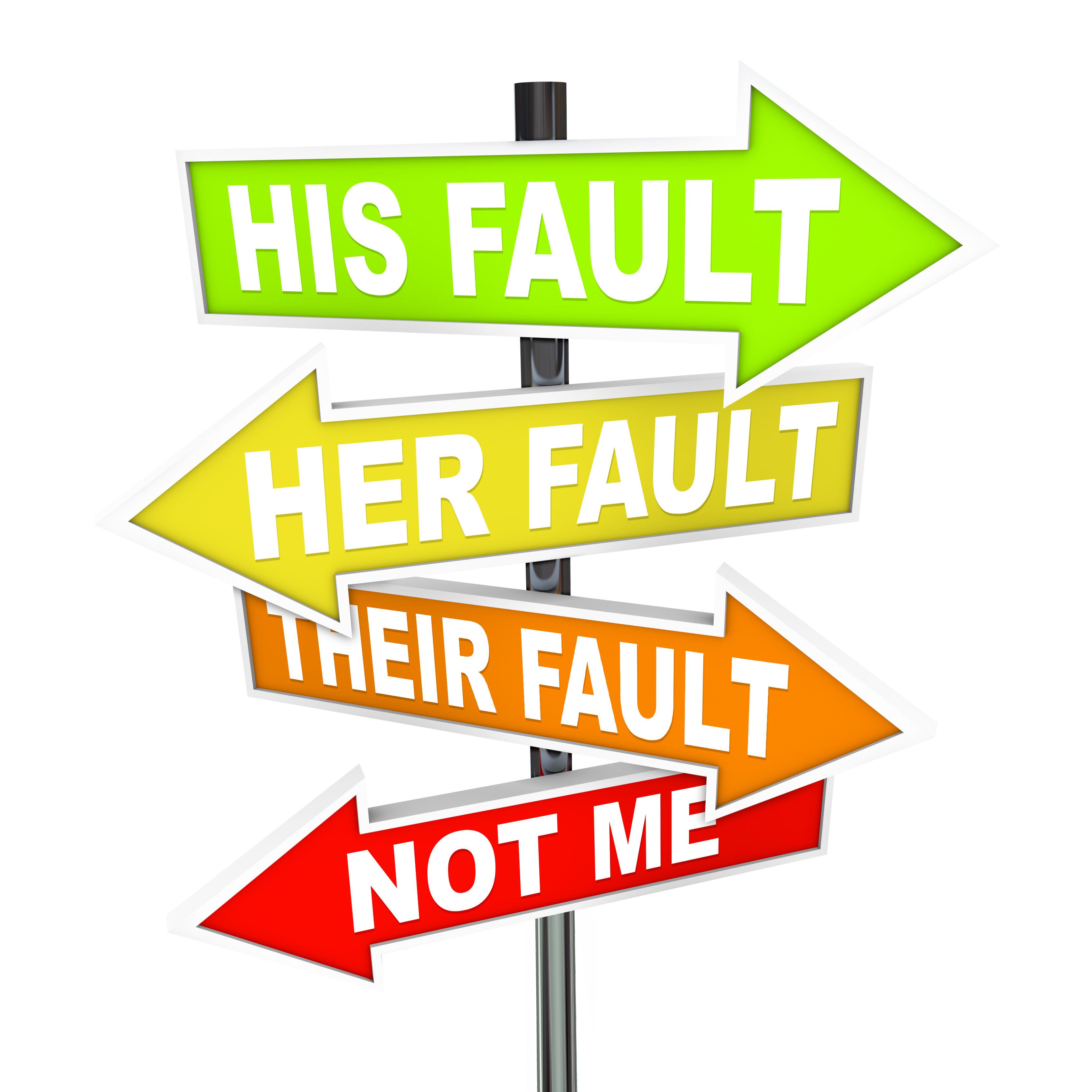Factfullness by Hans Rosling is a book about how people portray the world incorrectly and reasons why it is not as bad as we think it is. He identifies ten instincts to make his argument and explain why we make the misconceptions we do. We often embrace an over-dramatic, stereotyped, inflexible, and pessimistic view of the world and that is why Rosling created this book. For each of the ten instincts Rosling talks about real world examples and stories that lead us to manifesting these beliefs. Not only does he give examples but he tells us how believing these things can be harmful and how we can apply factfullness to defeat these ideas.

In chapter three, Hans Rosling talks about the straight line instinct. The straight line instinct is when we wrongly believe that trends will continue at the same rate and in the same direction forever. For example, the average person will think of a graph as a straight line but in reality they can go up, down, have slopes and dips. Thinking this way causes needless panic among populations. For example, Rosling makes the point that we are so worried about these issues, which are not really as important as we think that it makes us less likely to help the poor communities because of our fear that we are contributing to the growth of the population and make the world more over populated then it already is. In reality there are many people in the world but it is not rising in the way of a straight line it does have curves in it. To be rid of this instinct we must widen our knowledge on things like this.
In chapter five, this is where Hans talks about the size instinct and this is when people overestimate the actual size of things or how we can blow things out of proportion. This happens when we assume too much based on one single event or point of data. These small pieces of information that we are given are small and are poor representations of the full data set. These faulty judgements make us think that things are bigger and smaller than they really are. The main reason for this is based on the small samples we look at instead of the larger ones with more data. To break this habit we must use a larger set of data so that we don’t make these false inferences and we must not just accept what we are given when there could be more information. 

In chapter nine, Rosling goes over the blame instinct. This is when we search for one reason or person to blame everything on. Often we end up putting the responsibility on someone else rather than actually looking into the root of all the world’s issues. An example of this is shown in the popularity of conspiracy theories. This is because conspiracy theories often pinpoint a person or company and this opens up an easy target for blame on the person or organization being mentioned in the theory. The factfulness of this is to look at the bigger picture and to be able to target when scapegoats are being used, so no focus is taken from the real problem occuring. 

In conclusion, I enjoyed this book. I feel like it gave really in depth examples are real life situations and it really changed my perspective on things. I was guilty of some of the things Hans Rosling said in the book and now I have a better perspective. I would recommend this book again to someone else so they can learn and change their views if they are having these “instincts” as well. This novel really opened my eyes to the things that go on daily in the world and how there is more than one way to see something.




No comments:
Post a Comment